One of the latest pieces of public art in Nicosia is inspired by the occupied areas
His murals can be seen all over the sometimes dimly lit streets of old Nicosia. In them, Fikos combines ancient art styles to display modern issues.
The unveiling of his newest mural Kyrenia mou (My Kyrenia) was created with the Turkish invasion in mind, although that is something unusual. “I avoid current affairs, as I believe that works in public spaces should be distinguished by timelessness”.
Fikos tries to find a window during summer to create something he feels is important and relevant to the times being faced.
Kyrenia mou was inspired by the Giorgos Dalaras and Pantelis Thalassinos (with music by the latter and lyrics by Polys Kyriakou) song Kyrenia.
While he has no direct personal relationship with Kyrenia, he chose to unveil his latest mural within the context of the anniversary of the invasion.
Fikos said he finds inspiration unexpectedly: “it comes without a warning – I just go with the flow”.
For his previous pieces, he found inspiration in poems, this year it was a song, and next year it might be something completely different.
Fikos coined the term Contemporary Byzantine Painting, though he considers his art style a combination of various artistic traditions and movements even including ancient Egyptian art and modernism.
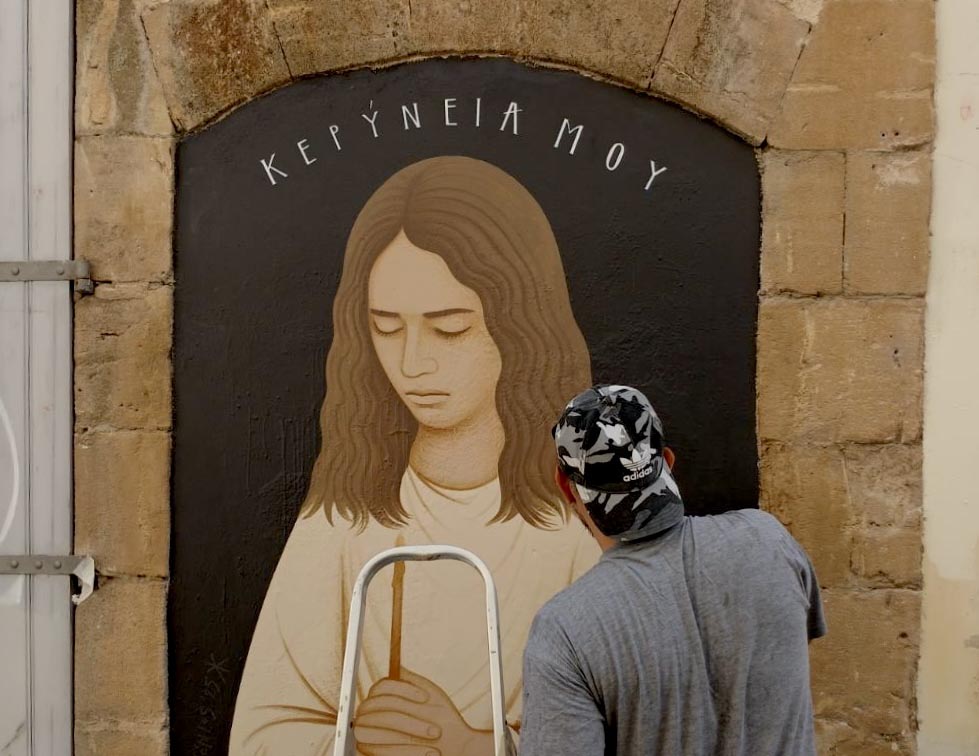
He has been drawn to Byzantine art from the age of ten, when he started embroidering and drawing Christian saints with coloured pencils.
“The latest mural was painted with acrylics and completed in 10 hours, but the total time spent on the project is much longer,” he said, adding that there’s unimaginable effort put into each painting.
Things like the development “of the digital model and the complete preparation of the wall (sanding, plastering, puttying, priming and painting), really do add up.”
In the mural, Kyrenia is shown holding a candle, specifically referring to the line: ‘Tonight I’ll light a candle, with sorrowful music, my Kyrenia’.
“The mural serves a double purpose. At the local level, the preservation of collective memory, and at the international level (via the internet), the denunciation of the Turkish occupation,” Fikos said, though there’s beauty in having no definite takeaway to his murals.
Viewers are welcome to make their interpretations of the piece, out of fear of becoming dangerously specific and educational, Fikos wonders “Who’s to say I’m right?”
Murals have followed humans throughout history, with Cyprus’ oldest cave paintings dating back to prehistoric times. As a species, we have long engaged in wall painting to express our passions.
Why is it then that the air surrounding contemporary street art is typically negative? Fikos dealt with the police while creating Kyrenia mou, as a passerby alerted the police. “Strange, considering I was just fixing a wall!”
He suggests this association can be traced back to street artists using painting to drive their fame and financial gain through the natural metamorphosis of graffiti.
“We have filled our cities with projects that serve neither society, nor the urban landscape, nor anyone else, beyond their executor himself – and perhaps an involved elite.”
Fikos has reservations about filling the city with stencils and slogans of political content. “A serious society makes its revolution at the ballot box, not by degrading the image of the city in which it lives.”
Mural painting is so much more than what it gets credit for.
If restoring the reputation of traditional mural art “as a functional art, that has thousands of years of life and evolution, aiming to serve society, then yes, this is a revolution that, in my opinion, is worth examining.”

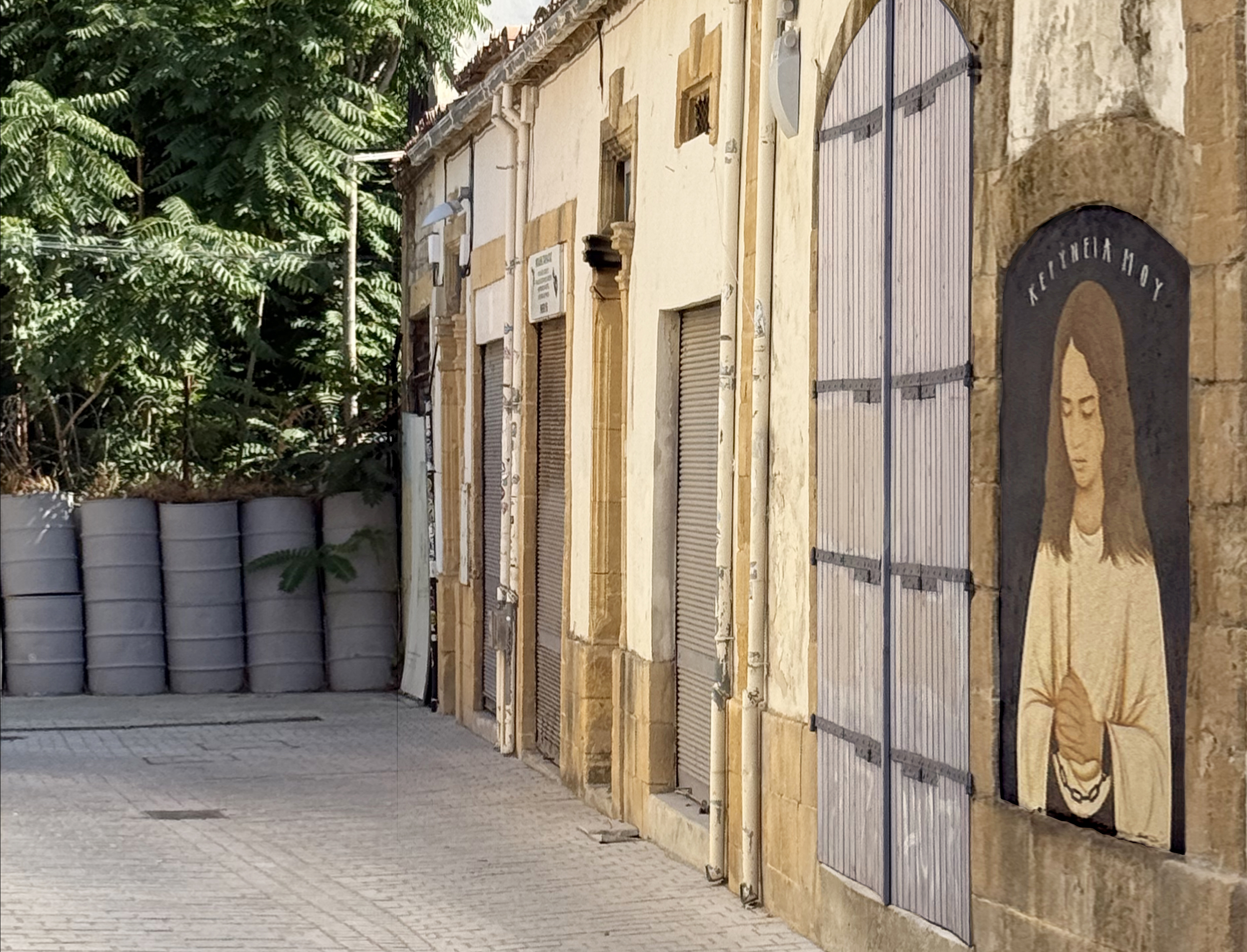
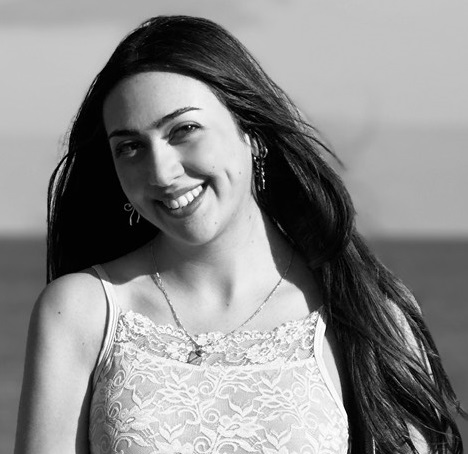
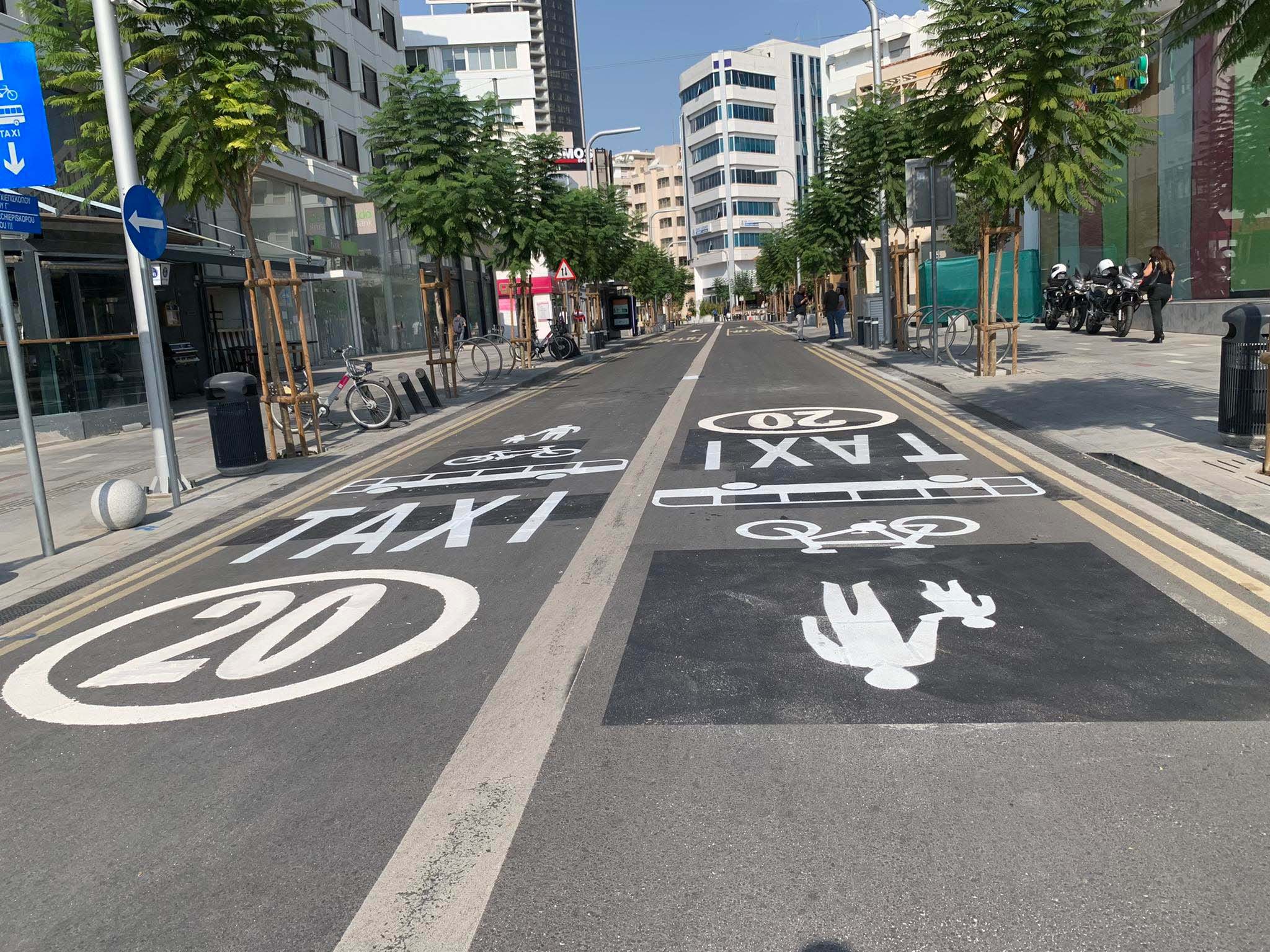

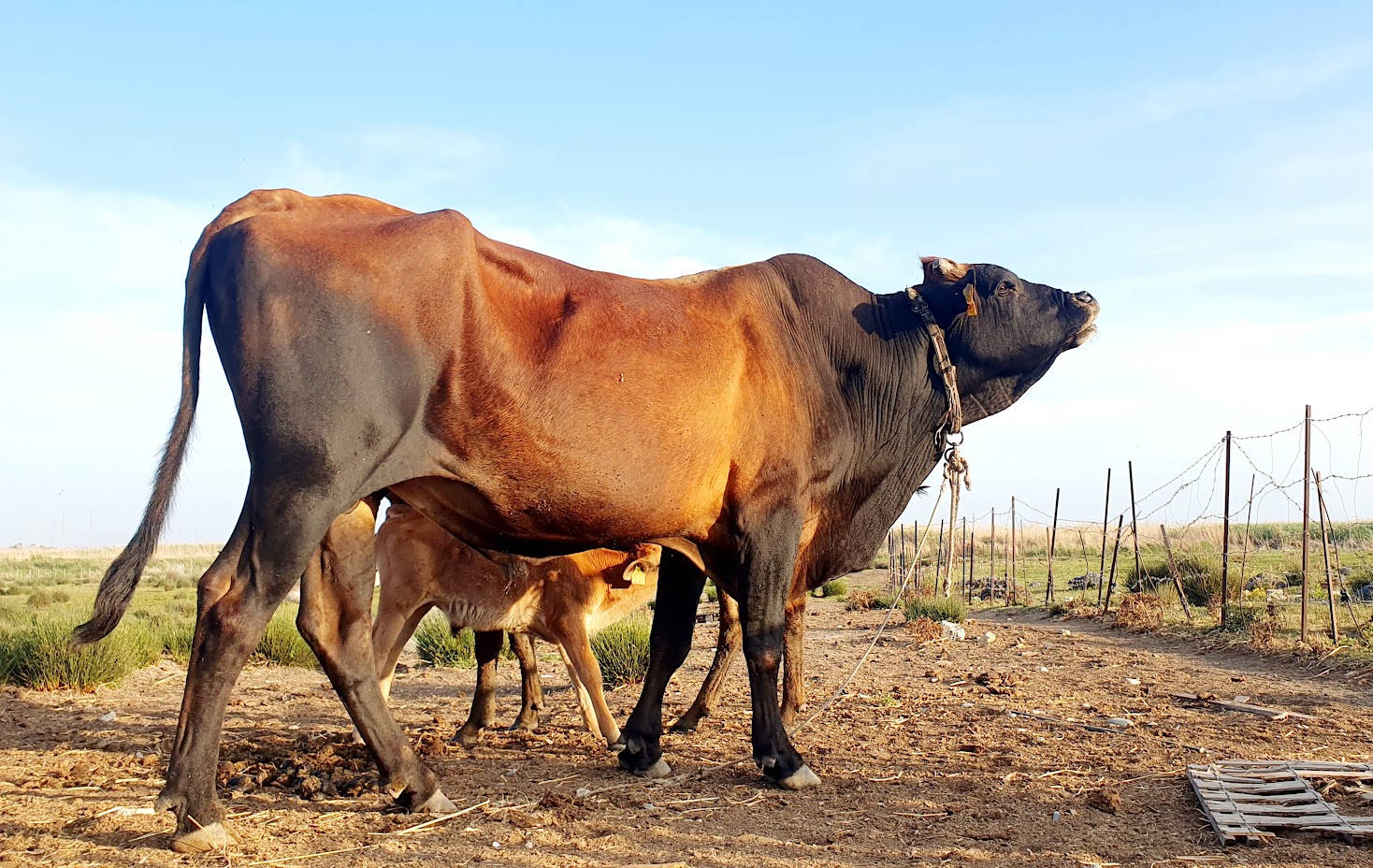
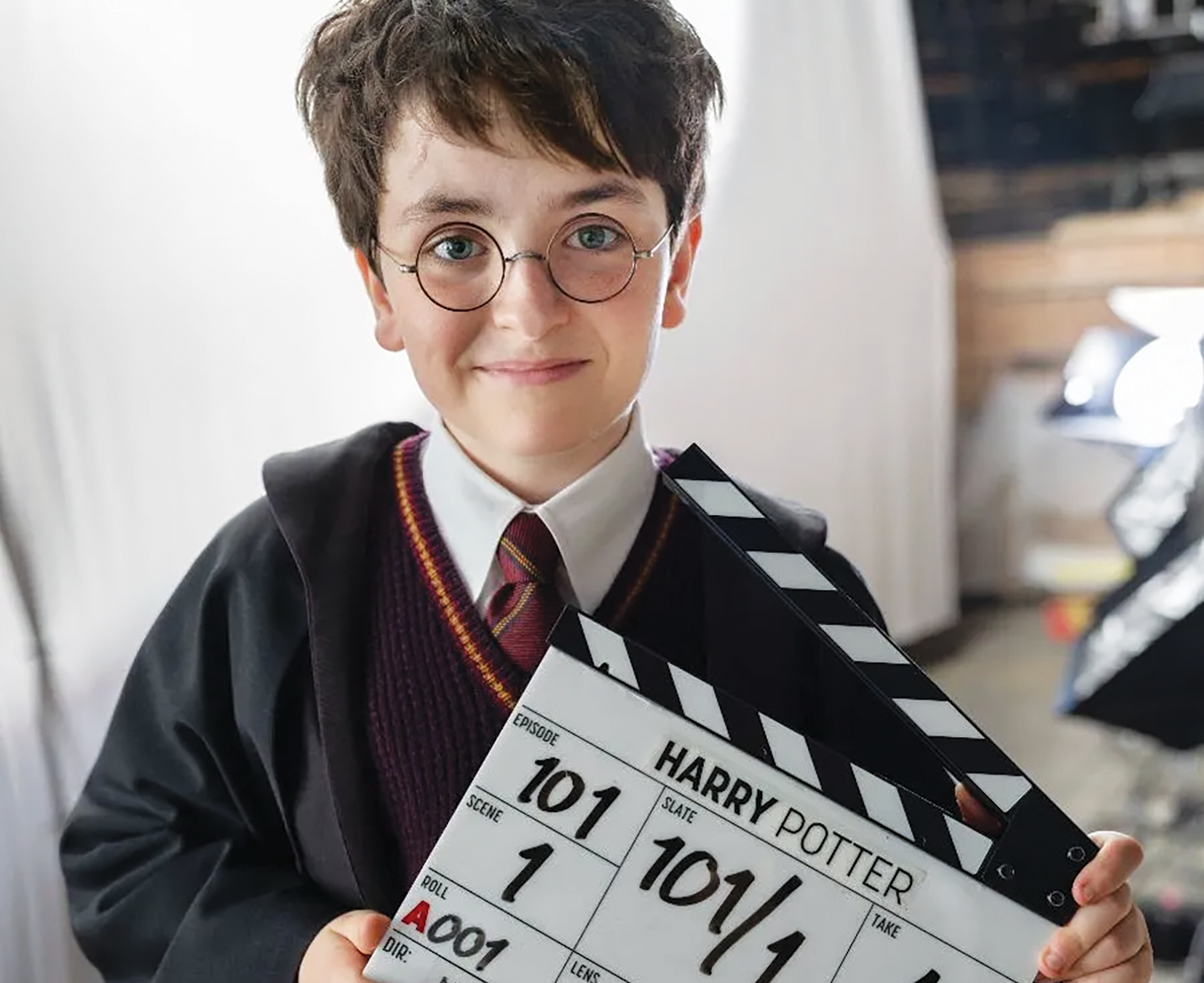
Click here to change your cookie preferences